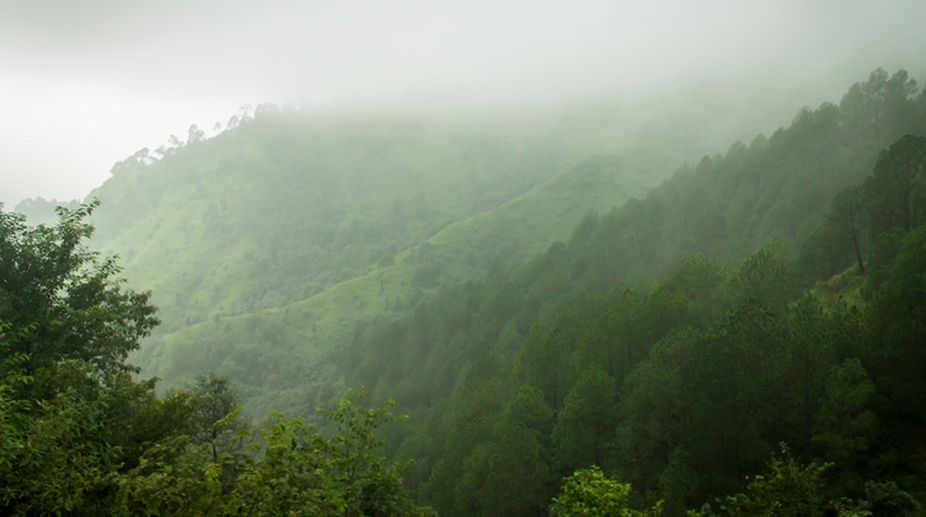Involving local communities and keeping alive their traditions can go a long way in protecting the bio-diversity at Great Himalayan National Park (GHNP) which was inscribed in UNESCO’s World Heritage site list in 2014.
Renowned environment experts and officials of GHNP and Wildlife Institute of India during a two-day seminar at Sairopa in Kullu district of Himachal Pradesh unanimously called for providing better employment opportunities and involving them protecting environment.
The GNHP is situated 270 kilometres from Shimla.
Stressing on the role of local communities, Sanjeeva Pandey, Additional Principal Conservator of Forest said the role of local deities, customs and traditions would not be denied in protecting the World Heritage site and its flora and fauna.
“We need to focus more on providing more income generating opportunities who were earlier the beneficiaries of GHNP. The locals used to extract medicinal plants and use other resources of national park earlier and were heavily dependent on it for their livelihood,” Pandey said.
He said now there should be focus on providing micro finance facilities through cooperatives so that they don’t have to face any problems to earn livelihood.
“For the purpose, the government authorities in coordination with GHNP officials should chalk out a plan for developing eco-tourism facilities and set up cooperatives for their help,” he said.
Pandey also called for preserving native vegetation in Heritage Park as it has greater capacity to provide ecosystem services under changing environmental conditions. The rare species can substitute for common species.
Dr M Kirupashankar, Divisional Forest Officer, GHNP also called for active participation of community in nature conservation and said efforts are on spreading awareness amongst them on preserving wildlife and natural vegetation. “Celebrating local customs and traditions at GHNP should also be focus of our efforts, apart from carrying out conservation programs in the park,” he added.
GHNP Director SS Kataik said the authorities are focusing on creating awareness about the conservation of nature and wildlife among local communities as it is under constant threat because of the growing animal-human conflict due to depletion of forest area. “After the declaration of the GHNP as world heritage site, we have witnessed an increase in number of tourists, benefiting the locals’ economy and it is leading to curtailing their dependence on forests,” he said, adding the officials are hopeful of boosting eco-tourism activities in near future.
The Great Himalayan National Park (GHNP) was declared a UNESCO World Heritage Site on June 23, 2014. The GHNP attracts birdwatchers from across the globe for it is home to 209 bird species including five spectacular pheasants as Western Tragopan, Monal, Koklash, White crested Kaleej and Cheer Pheasant. Out of these five species, three of them are listed as threatened species (Vulnerable 2, Critically Endangered 1) and 1 Near Threatened.
The GHNP is also home to several species of Outstanding Universal Value as Snow Leopard, Common Leopard, Musk Deer, Blue Sheep or Bharal, Himalayan Black and Brown Bear, Himalayan Tahar, Ghoral, insects, butterflies, earthworms, mollusks, amphibians, reptiles, various herbal and other plant species.











